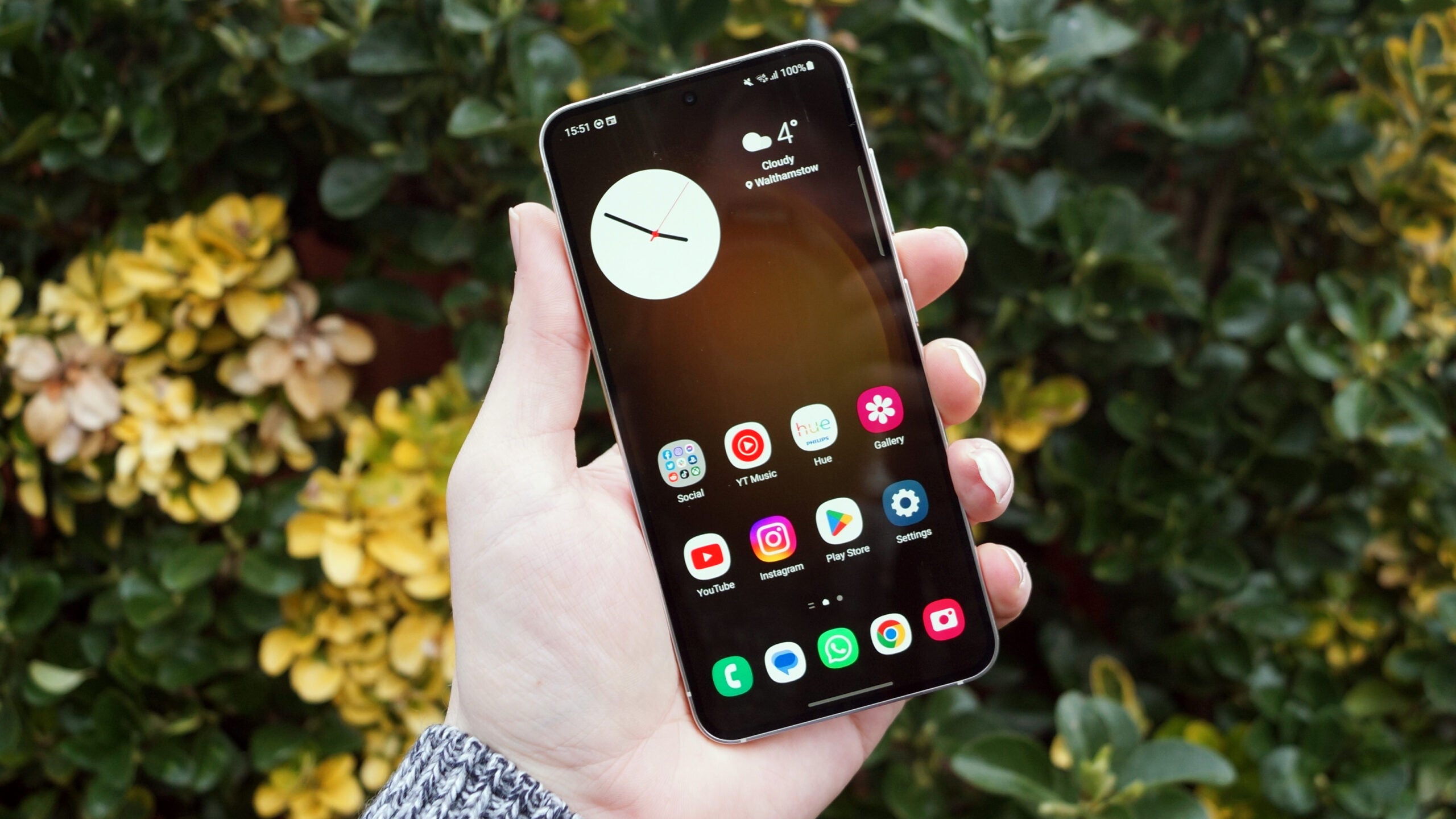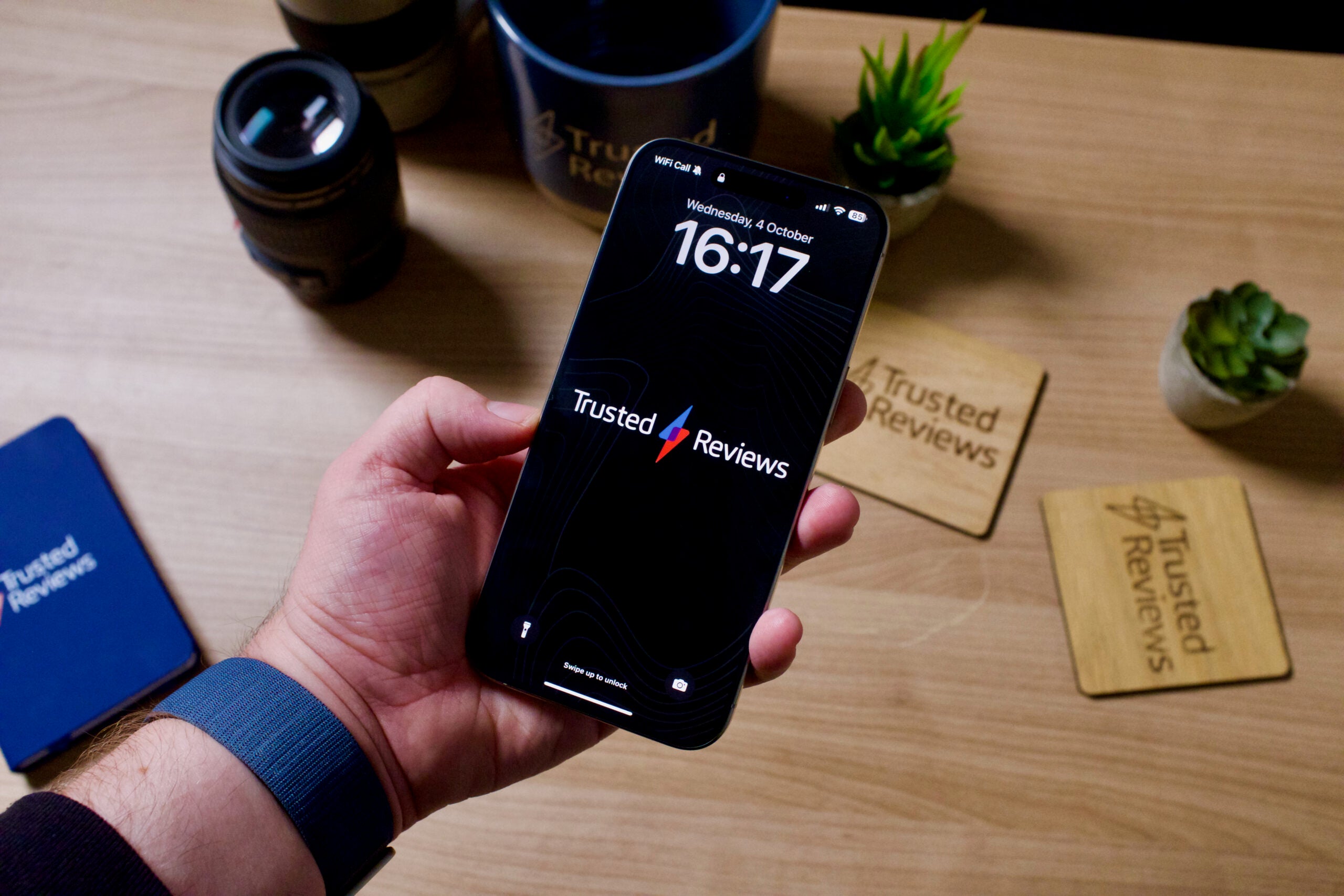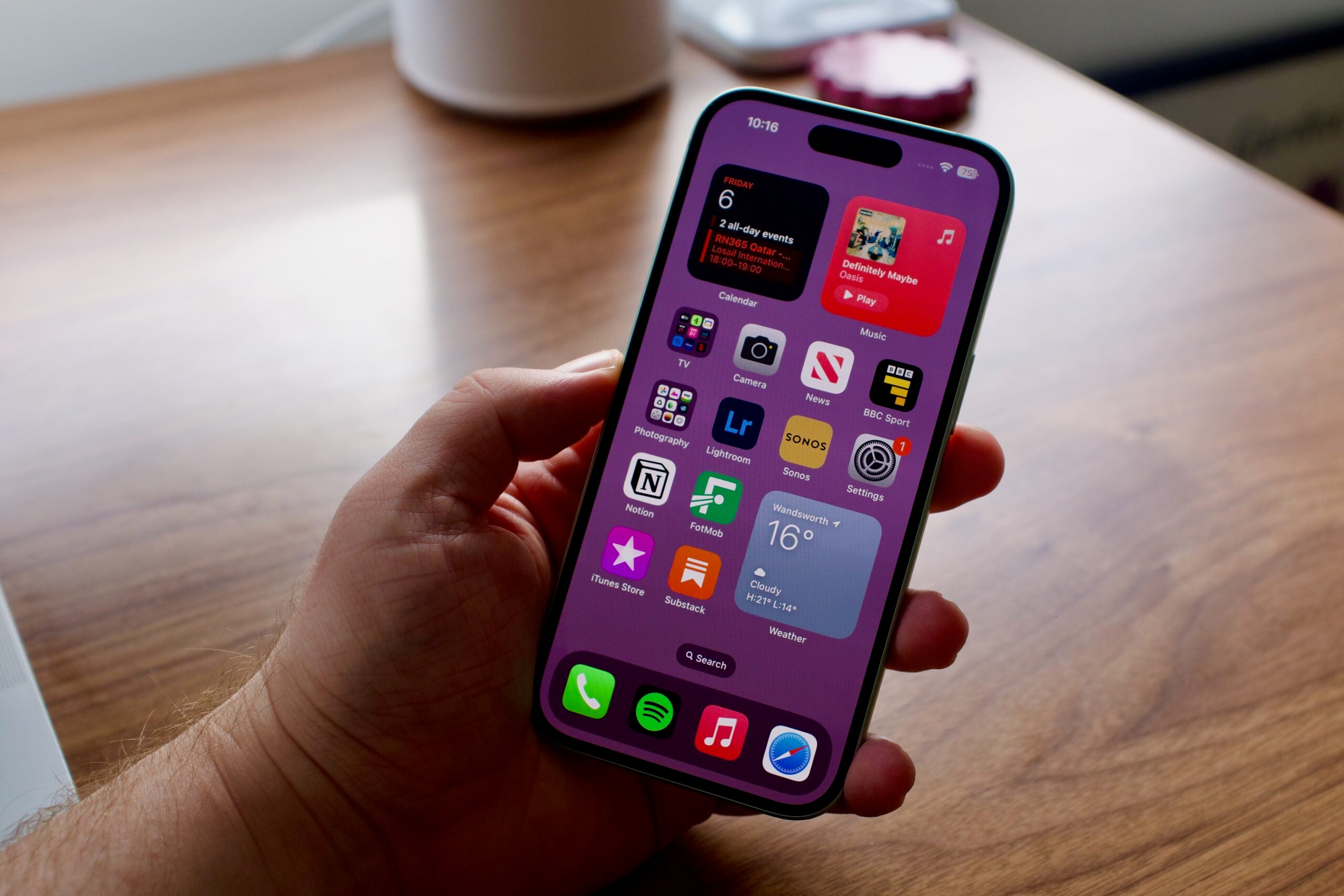Google Pixel Fold Review
A decent first attempt at a foldable, but it comes a couple of years too late
Verdict
The Google Pixel Fold is a good-looking alternative to the Samsung Galaxy Z Fold 4, but with issues with the hinge, crease and more, it’s clear that it’s a first-gen device with improvements needed. It would’ve been somewhat more acceptable had the price not been quite so high, putting off all but the most dedicated Pixel fans.
Pros
- Thin when folded and unfolded
- Some of the best foldable cameras around
- Pixel software is unmatched
Cons
- Very visible crease on inner display
- Odd approach to app support
- Very expensive
Key Features
- Pixel-quality cameras on a foldableWhile foldables don’t have a great reputation for camera quality, that’s certainly not the case with the Pixel Fold’s trio of main, ultrawide and telephoto lenses.
- A clean, AI-focused apporach to Android 13Google’s approach to software with its Pixel smartphones is unmatched not only in terms of style but AI smarts.
- Two displays to choose fromWith either a short-and-squat 5.8-inch panel on the exterior and a larger 7.6-inch panel within, the Pixel Fold offers great versatility.
Introduction
Google’s long-awaited entry into the foldable market, the Pixel Fold, isn’t quite the winner you might expect it to be.
Sure, the book-style foldable has a lot going for it; it boasts a nice, large external display, Pixel-quality cameras with some of the best results from a foldable and the top-notch Pixel software experience. But when you’re paying £1749/$1799 for the pleasure, you expect the best of the best – and that’s not really the case here.
The Google Pixel Fold looks and feels like a first-gen foldable, and while that would’ve been fine a few years ago, the competition is fierce in 2023. It means factors like a hinge that doesn’t completely unfold flat, a notable display crease and a generally heavy build really go against it.
Google has also taken some interesting (read: limiting) approaches to app support on the foldable that may leave you more than a little frustrated.
The Google Pixel Fold is a great first-gen foldable, then, the problem is that it’s just a couple of years too late.
Design and displays
- Thinnest foldable around
- Notable display crease
- Hinge doesn’t unfold flat
The Google Pixel Fold, though sporting the overall book-style foldable design we’ve seen from the likes of Samsung, Honor and Oppo, feels distinctly different from those devices – but not in a good way.
The Pixel Fold screams “I’m a first-gen foldable” in a number of ways that really hurts its overall appeal, especially when considering it’s the most expensive widely available foldable right now.
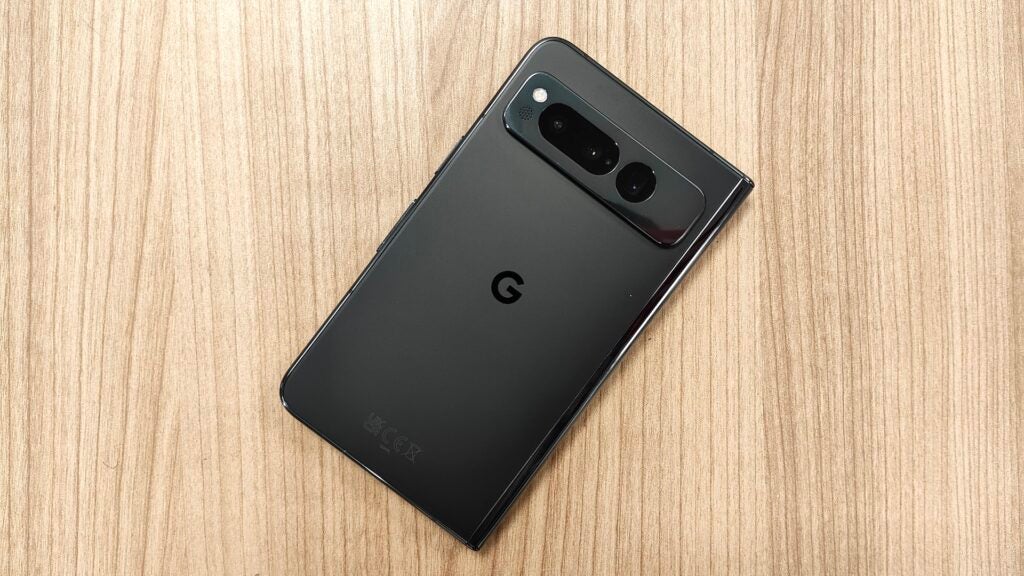
Admittedly, it’s not really that noticeable when folded – the near-gapless design of the Pixel Fold looks cleaner than that of the Galaxy Z Fold 4, and the premium materials also help elevate the look – but the flaws are obvious once unfolded.
For one, the crease is the most prominent that I’ve come across in 2023, obvious not only when looking at the 7.6-inch OLED display anywhere else but head-on, but also when swiping across the screen and feeling that notable dip. It’s not only wider than the likes of the Z Fold 4, but the dip feels a little deeper too.
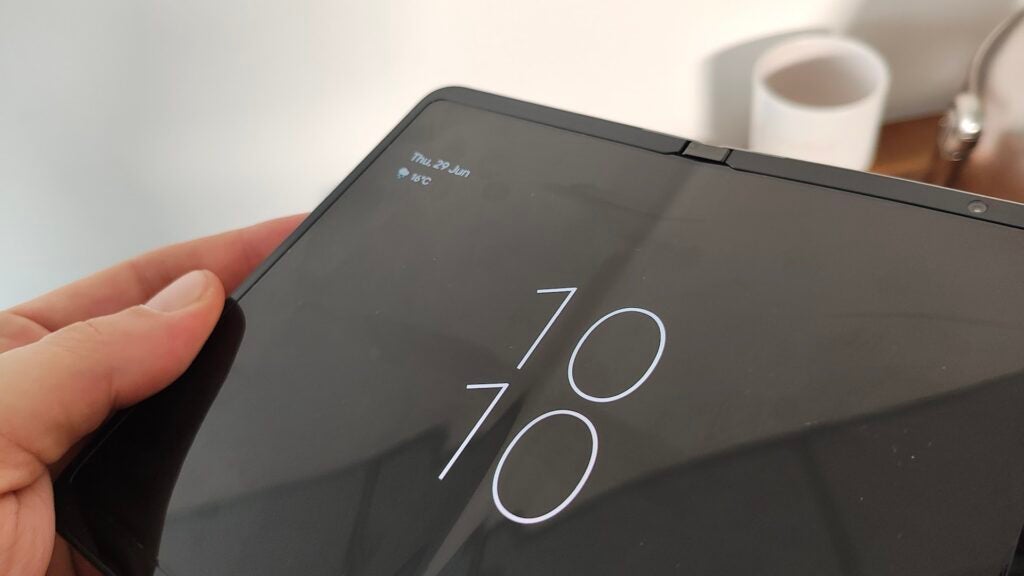
While that could be forgiven on early foldables, we’re now getting to the point where advances in hinge tech allow for a near crease-less experience on foldables like the Oppo Find N2 Flip and Motorola Razr 40 Ultra. It’s always there and, I must admit, it kind of ruined the experience.
That’s further compounded by the fact that the Pixel Fold doesn’t unfold completely flat, instead wobbling on its spine or resting on the rear camera bump when sat unfolded on a table.
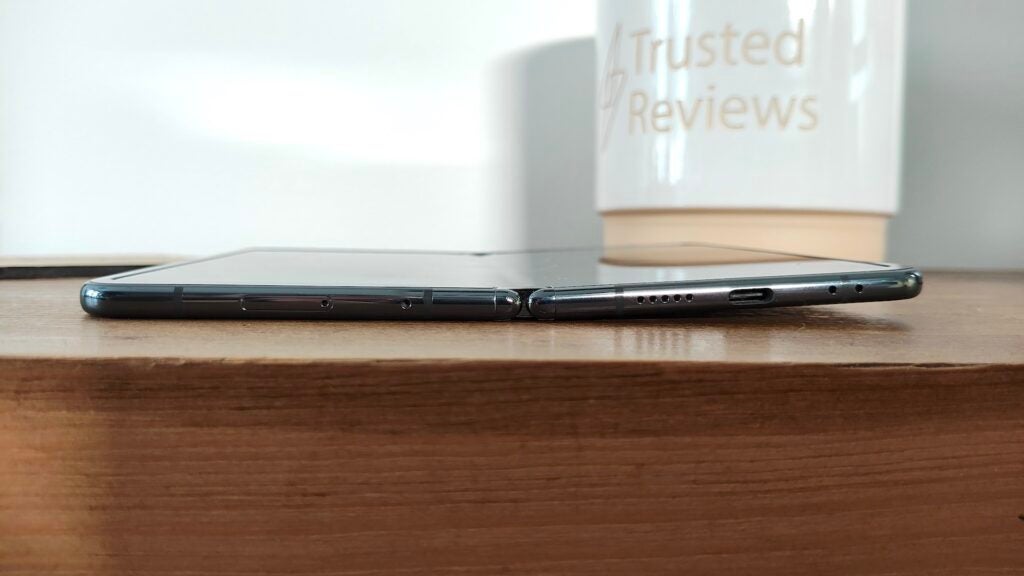
The slightly raised, rather thick, plastic bezels also give it a bit of an aged look compared to more bezel-less alternatives, and it’s also quite hefty in the hand, weighing in at a not-insubstantial 283g. For comparison, the Z Fold 4 measures in at 263g, and so is 20g lighter.
That would’ve all been forgivable had the Google Pixel Fold launched alongside early versions of foldables like the Galaxy Z Fold, which also suffered from early build issues, but it didn’t. It appeared in 2023 instead, where competitors are now at a much more mature point in development, especially in terms of hinge and display tech.
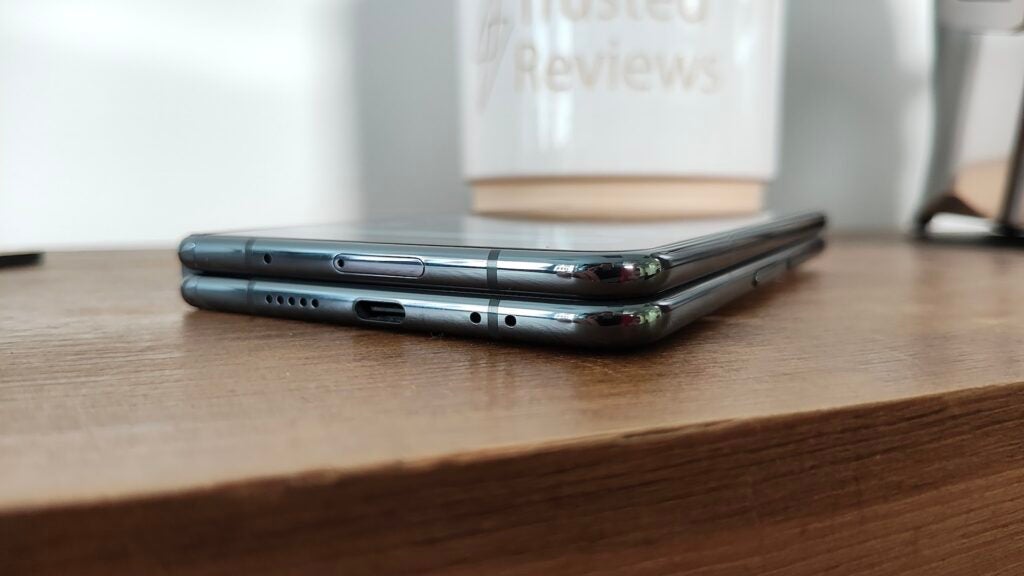
That’s not to say the Google Pixel Fold doesn’t have anything going for it; it’s the thinnest foldable around at 5.3mm thick when unfolded, and even when folded at 12.2mm, it’s not that much thicker than some candybar phones. The hinge is also solid, allowing you to angle the folded display like a laptop when watching videos on YouTube.
I’m also a big fan of the overall size and shape of the foldable; it’s much shorter and squatter than you might expect, closer in design to the Oppo Find N2 than the tall-and-narrow Galaxy Z Fold 4. The 5.8-inch FHD+ panel is a high-end one too, sporting the same 120Hz refresh rate and OLED tech as the internal panel, and it’s plenty bright at 1200 nits, meaning there’s not much of a compromise when using the outer display.
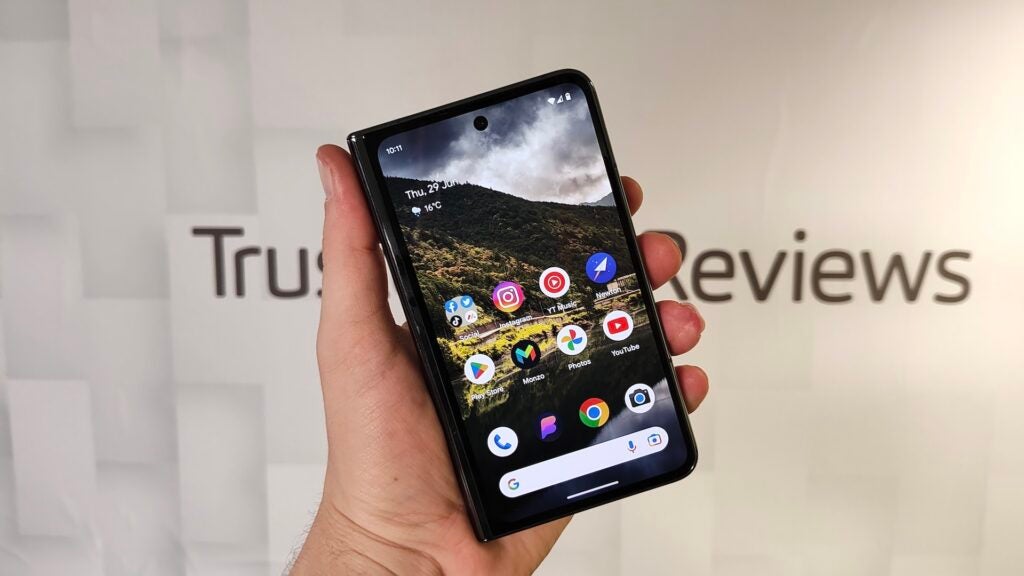
In fact, with such a notable crease on the inner display and the lack of apps that take advantage of all that screen real estate – something I come to a little later – I found myself using the external display much more often than with other foldables. If I were to put a number on it, I’d say around 80% of my time was spent on the outer display.
It’s a shame, as the 120Hz refresh rate, OLED-powered colours and deep blacks and high-res 1840 x 2208 resolution of the internal display actually make for a great viewing experience when bingeing content.
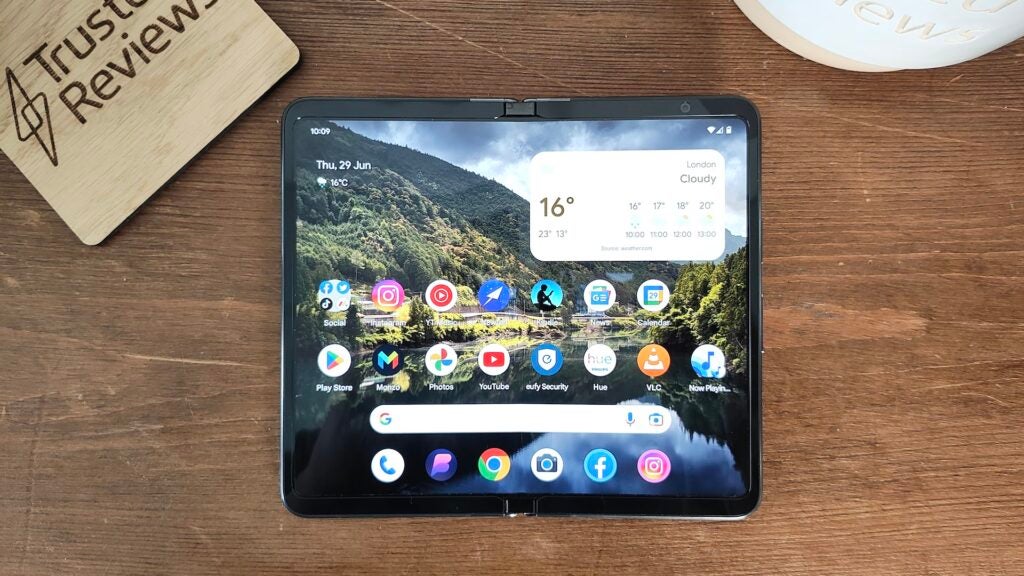
So, while I’m a fan of the overall look and feel of the Google Pixel Fold, it needs more work before it can truly compete in the wider foldable market.
Cameras
- Main 48MP snapper is versatile
- 10.8MP 5x telephoto lens is capable for a foldable
- Plenty of AI-powered modes and editing tools
While the overall design screams ‘first-generation device’ the same can’t be said for the Pixel Fold’s camera setup. That shouldn’t come as much of a surprise given how we’ve praised various Pixel smartphones for their AI-infused camera chops in the past, but foldables have a bit of a reputation for not being quite as capable as their candybar brethren.
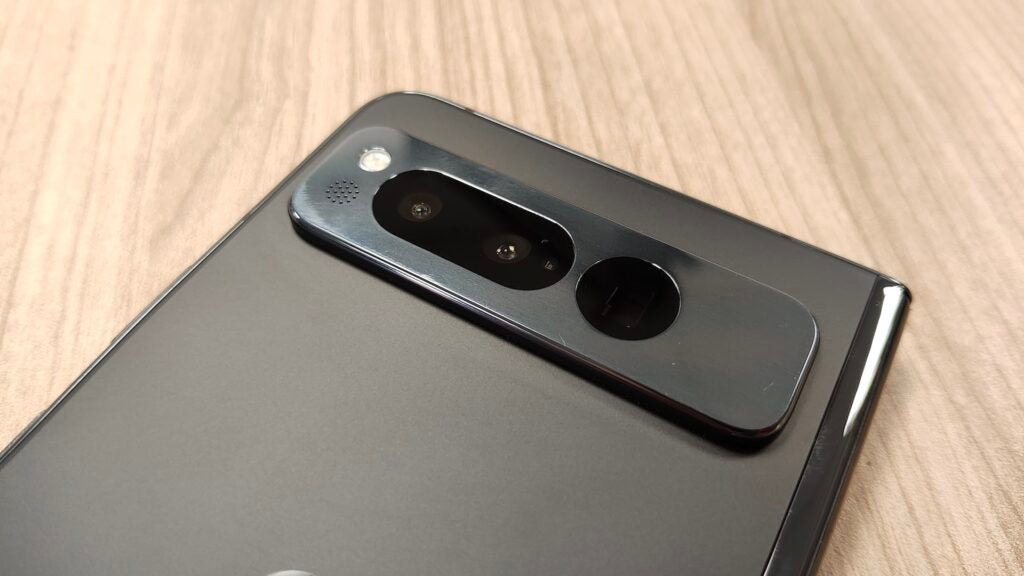
The Google Pixel Fold isn’t quite capable of competing with true top-end flagships like the Xiaomi 13 Pro and Samsung Galaxy S23 Ultra (that cost less, might I add), but its combination of 48MP main, 10.8MP ultrawide and 18.8MP 5x telephoto lenses does close the gap considerably.
The main lens is, of course, the best all-rounder out of the three lenses, capable of delivering pin-sharp detail, vibrant colour that’s not as OTT on the saturation as the likes of Samsung and impressive HDR capabilities, even on absurdly bright days. It’s a camera that requires little to no effort to capture a great-quality snap, a process that’s near-instantaneous, by the way.
Skin tones also look more natural and true-to-life than some competing candybar flagships, let alone foldables.
You’ve also got all the handy little tweaks of Google’s Camera app to enjoy, with small details like being able to change the colour temperature of the image from the main viewfinder adding extra versatility to the experience.
Night Sight – Google’s brand of night photography – is available, but the results aren’t quite the same as what you’ll get from the large 1-inch sensor of the likes of the Vivo X90 Pro in that it doesn’t artificially brighten dark environments. Instead, it takes an image much closer to what you see with the naked eye, with decent amounts of light and detail on offer depending on the subject, and it’s fairly rapid too.
The main 48MP snapper is flanked by a 10.8MP ultrawide lens that, while not taking advantage of pixel binning tech to boost detail and light like the main sensor, manages to deliver shots that closely match the colour tone and overall quality of the main lens.
There’s very little edge distortion too, providing a clean 120-degree FOV ideal for capturing scenery and group shots, though the f/2.2 aperture means it’s not great as light levels drop – even with AI-infused Night Sight on hand.
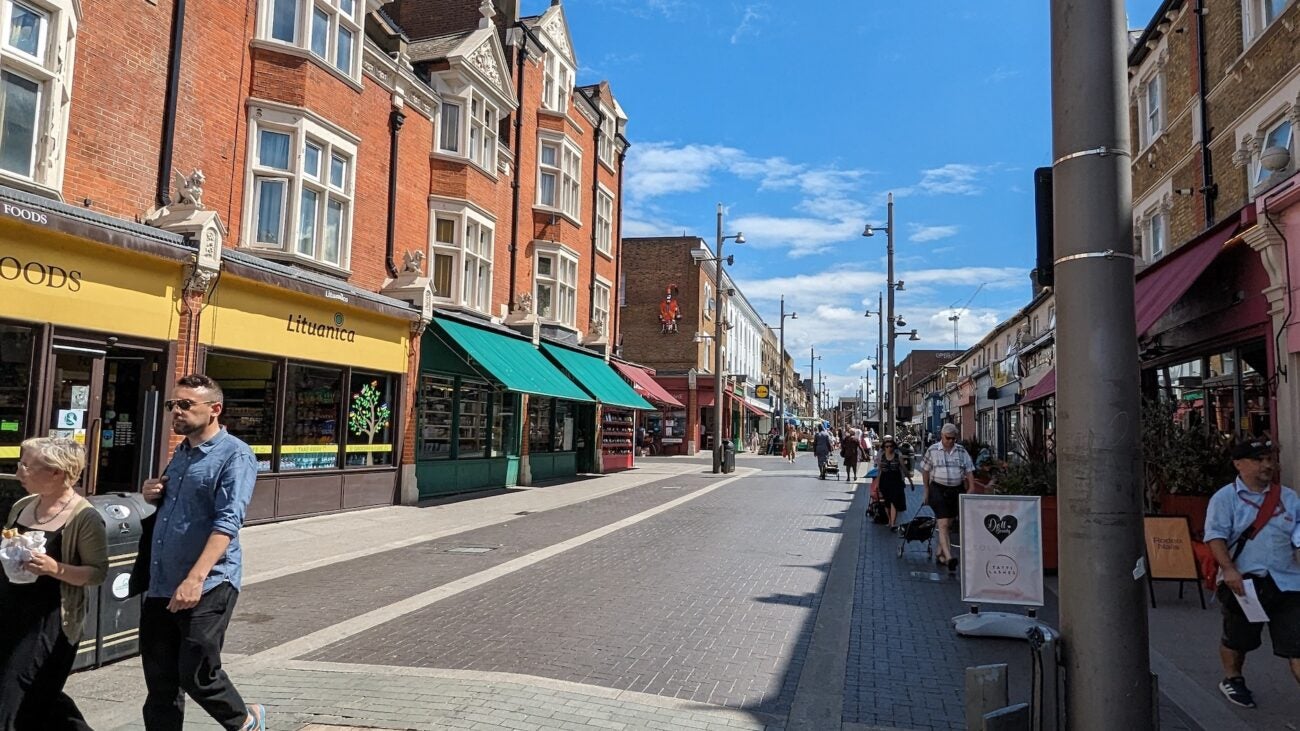

The 10.8MP telephoto lens and its 5x optical zoom deliver a level of versatility you don’t often find in foldables, delivering pin-sharp close-ups with a glorious natural bokeh that I actually prefer to the software-powered Portrait mode that can sometimes miss small details with its edge detection tech.
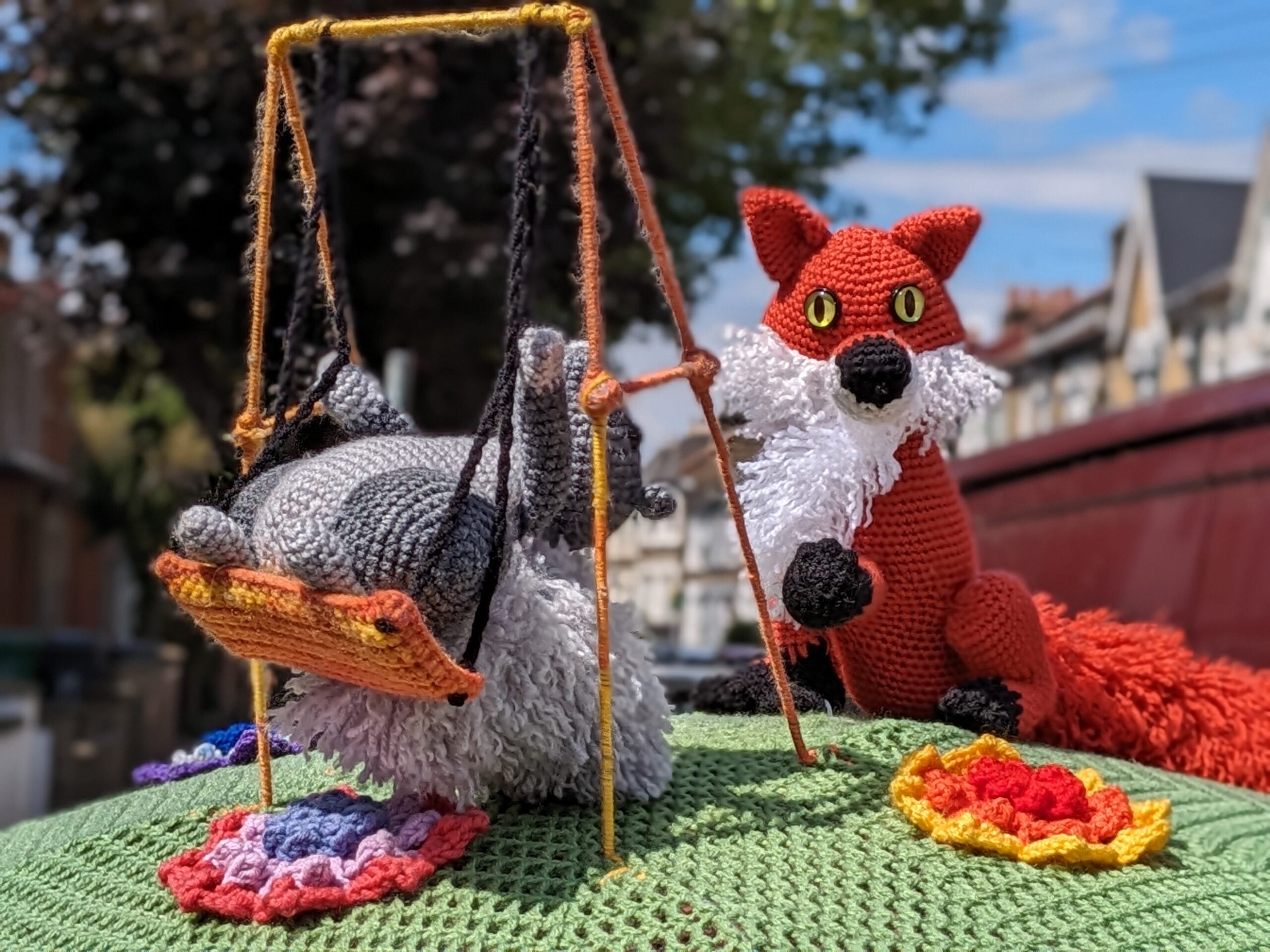

The phone isn’t capped at 5x though; using Google’s Super Res Zoom tech, it can reach digital zoom levels of 20x with some of the more detailed results I’ve seen at such an extreme digital zoom. It’s still a bit oil painting-esque, but you can at least make out some of the smaller details like the brickwork and the individual parts of the dragon in the below image:
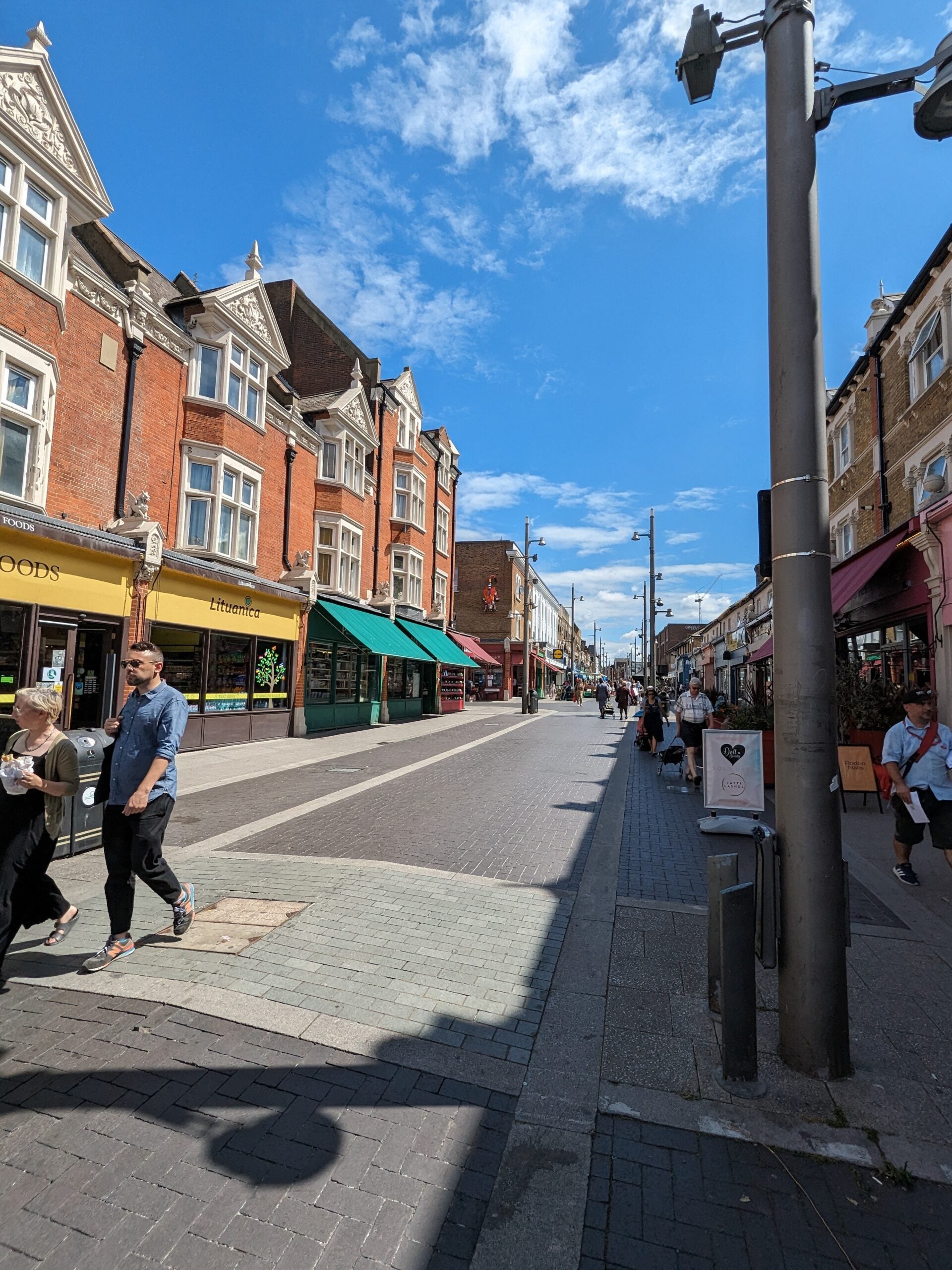
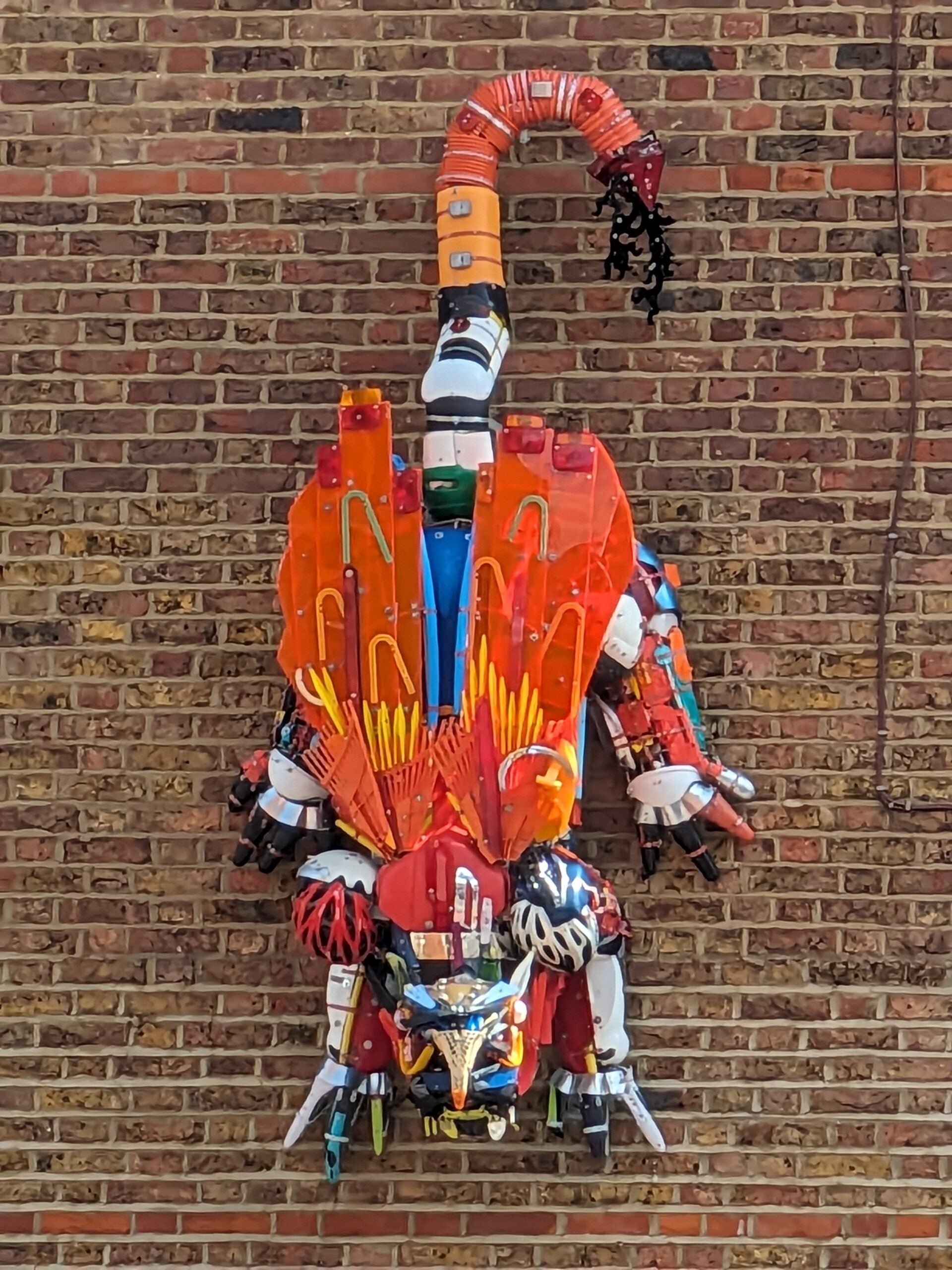
As well as the main rear camera setup, you’ve got a 9.5MP selfie camera on the external display and an 8MP selfie camera embedded within the bezel of the interior display. The interior display camera is the weakest of them all, though it’s assumed you’d only really use it for video calls – especially with a slightly higher-res selfie camera on the external display and the ability to take selfies using the rear cameras when completely unfolded.
Of course, the camera is only half the story; you’ve also got plenty of AI-powered photo editing tools to play around with, ranging from Magic Eraser which does an admirable job at removing people and other distractions (as long as it’s on a relatively simple background, anyway) to Magic Unblur to bring those blurry shots back into focus. These are tools that, until very recently, were exclusively available for Pixel smartphones.
In essence, the camera setup is one of the biggest reasons to opt for the Google Pixel Fold over most other book-style foldables on the market in 2023.
Performance and software
- Google has a limiting approach to app support
- The Pixel version of Android 13 is filled with handy AI tools
- Tensor G2 delivers solid everyday performance
The main reason to opt for a Google Pixel smartphone in general, aside from the camera prowess, is Google’s stock (and AI-focused) approach to Android. That’s just as true of the Google Pixel Fold as the Pixel 7 Pro, though it’s arguably more important here as the book-style foldable is in dire need of a bespoke software experience – something that no manufacturer has yet to crack.
It largely comes down to app support, an issue that plagues all book-style foldables. You see, the relatively boxy aspect ratio on offer is specific to foldable displays, and apps designed for the taller aspect ratios of standard smartphones don’t look right.
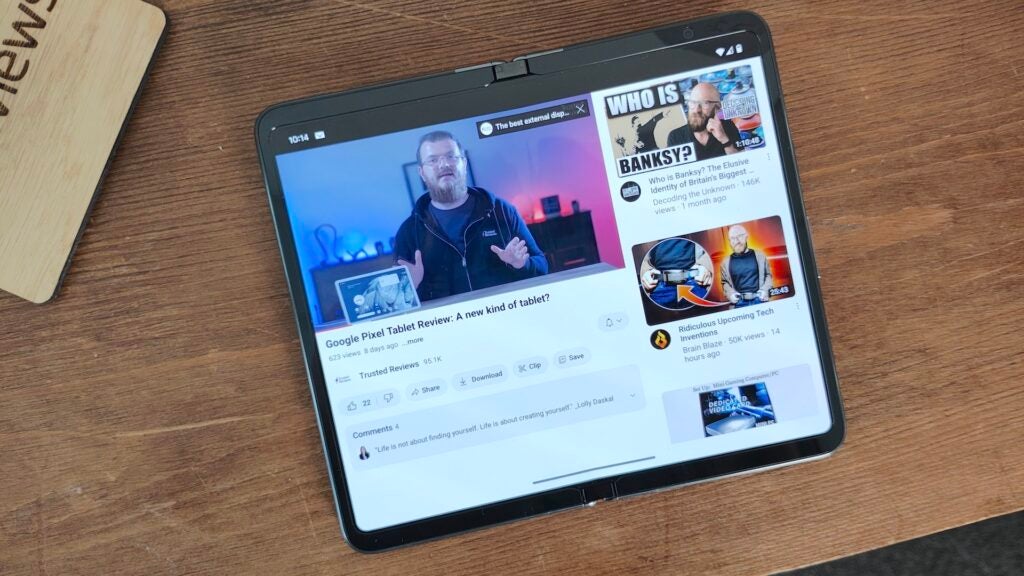
Sure, app developers can add specific support – something all Google apps offer, as well as third-party apps like Slack and TikTok – but most popular apps, including Facebook, Instagram and even my banking app, don’t. The solution from Samsung, Huawei, Oppo and co is to allow you to force the app to run in full-screen mode, though with the caveat that elements of the app might not work properly.
Google’s solution, on the other hand, is to simply not allow you to run any app in full-screen mode unless it has specific support for the aspect ratio. While some unsupported apps do indeed break on the big screen, there are plenty of apps – like Reddit and Facebook – that work perfectly fine on the likes of the Galaxy Z Fold 4. On the Pixel Fold, however, you’ll be using either a 16:9 or 4:3 cropped view of the app.
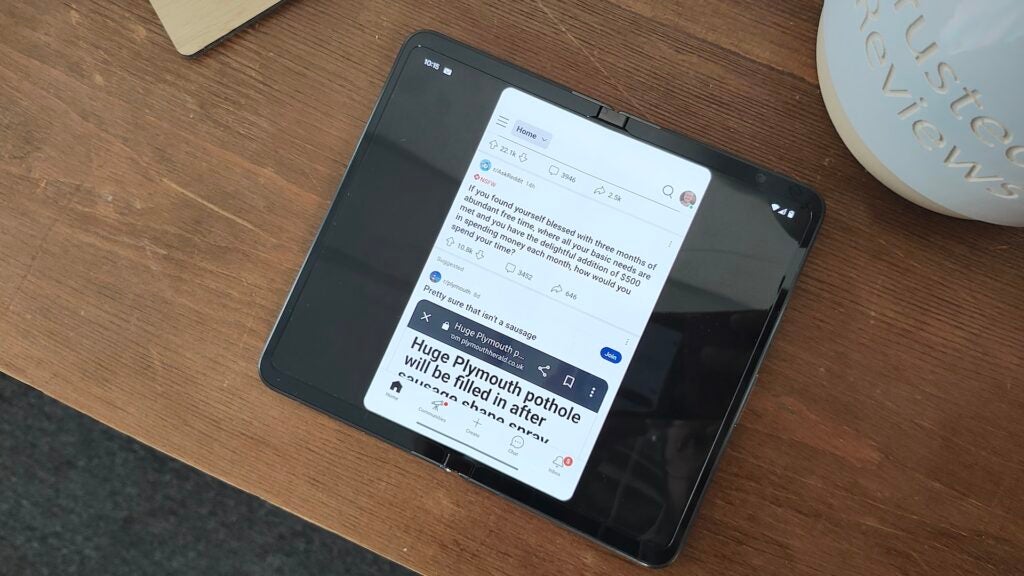
I get why Google has gone down this route, essentially ensuring that all apps run properly on the internal display, but at a stage where very few popular apps boast native support, it does feel like it stifles the experience. It also meant that I used the internal display much less than other book-style foldables I’ve reviewed, simply because I couldn’t use most apps in full-screen mode.
The aspect ratio is great for split-screen multitasking as the display runs two standard Android apps side-by-side with plenty of space, ideal for the more productivity-focused out there, but that’s not something I found myself doing all that often.
App support aside, the Pixel Fold’s approach to Android 13 is about as great as they come. As well as a clean, easy-to-use UI with Material You customisation, Google uses the Tensor G2’s AI prowess to its advantage with handy additional features like Now Playing, functionality that automatically notes down songs that you hear throughout the day, and the ability to simply say “stop” to dismiss an early morning alarm.
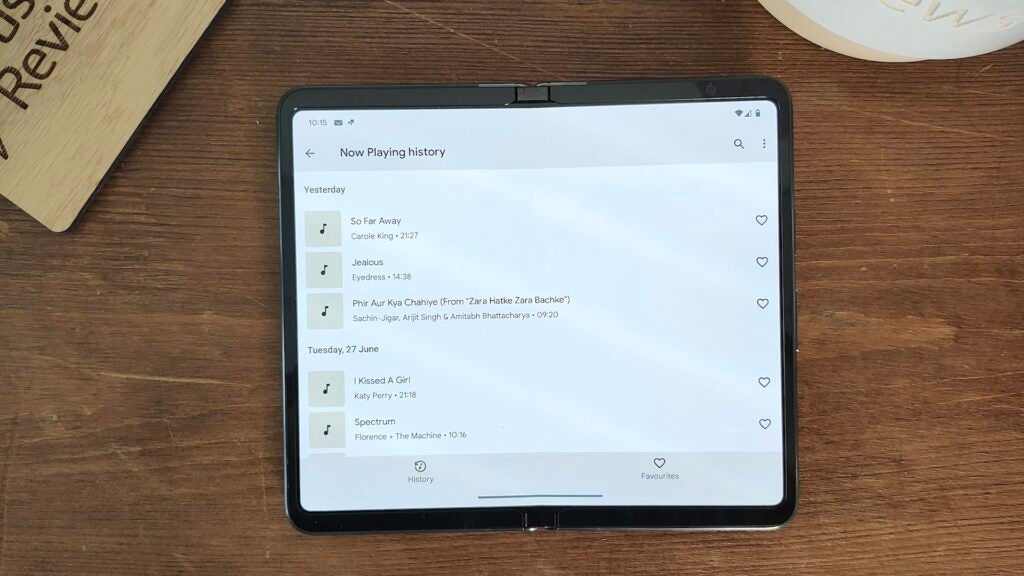
It’s these small elements that combine together to deliver a great overall experience, and one that’ll continue to improve with Google’s software promise of 5 years of updates, though interestingly, it has yet to confirm the OS/security patch split.
Let’s just hope that more third-party developers jump on the bandwagon and work on native support for their apps, because that’s the real dealbreaker, not just for the Google Pixel Fold, but book-style foldables in general.
Software experience aside, performance is solid. It’s powered by the same Google Tensor G2 chipset found in the likes of the Pixel 7 and Pixel 7 Pro, along with 12GB of RAM and either 256GB or 512GB of storage depending on the variant you opt for.
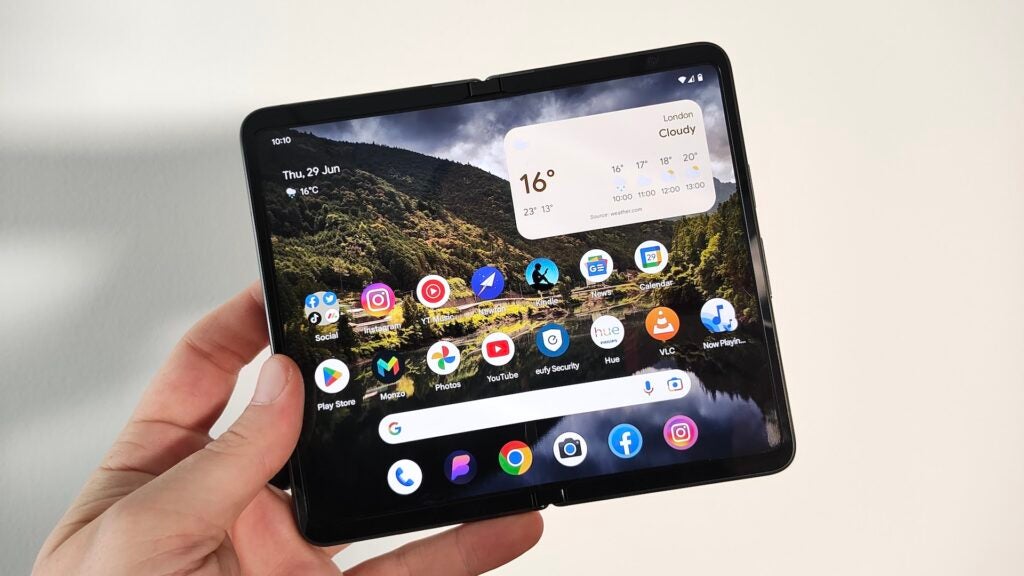
As noted in other Pixel reviews, the Tensor G2 isn’t the powerhouse of processing power you’d expect from a flagship, often trailing behind phones with Snapdragon chipsets, but that’s because the Tensor G2 focuses more on AI processing power than pure graphical grunt – hence why the Pixels boast so much AI-powered tech compared to other Android phones.
Besides, everyday use is responsive with no lag or stuttering regardless of what I threw at it, be it split-screen multitasking or running graphically-intensive games with high graphics options enabled. Simply put, while it might not beat other 2023 flagships in benchmark tests, the real-world experience on offer from the Pixel Fold is buttery smooth.
Battery life
- 4821mAh battery
- Just about enough for a full day’s use
- Relatively slow 30W charging
Google has got a bit of an infamous reputation when it comes to the battery life of its smartphones, particularly following the release of the particularly terrible Google Pixel 4 back in 2019. Though battery life has improved on more recent models of Pixel, it’s still not quite up there – it’ll get you through a day of use, but not much else.
With not one but two 120Hz displays to power, it should come as no surprise that the Google Pixel Fold’s 4821mAh cell doesn’t take the Pixel battery life to the next level.
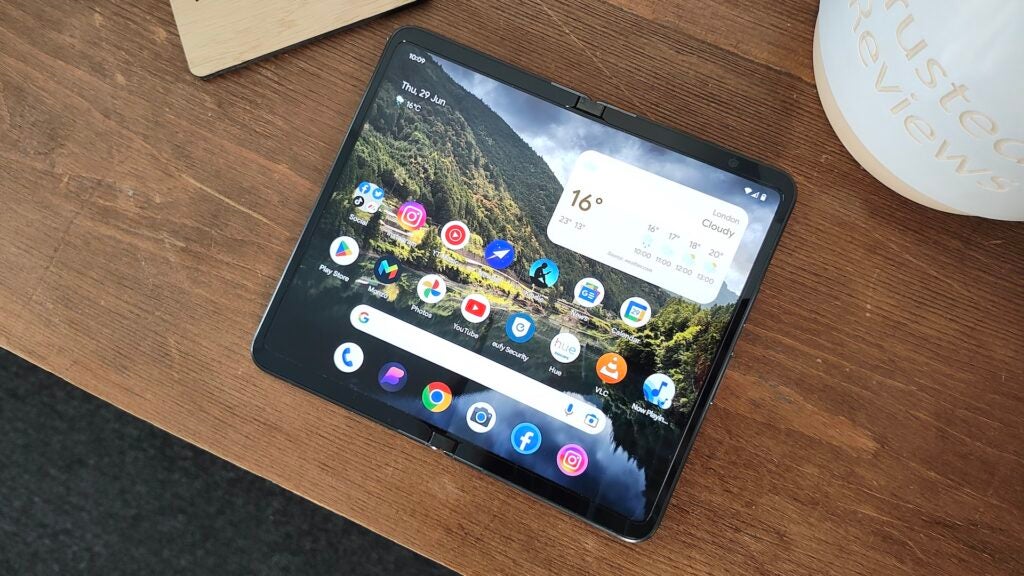
I’ve found that it can just about get me through my average day of texting, taking snaps, listening to music and sending the occasional email, with around 20% left in the tank. That’s with usage split between the cover and internal displays, with more use on the exterior than the internal for general day-to-day activities.
Your mileage may vary, especially if you end up using the larger internal display for watching videos or split-screen shenanigans more often than I did.
That’s largely backed up by benchmarks, with an hour of HDR Netflix playback on the internal display draining 8%, while 30 minutes of light gameplay took 6%.
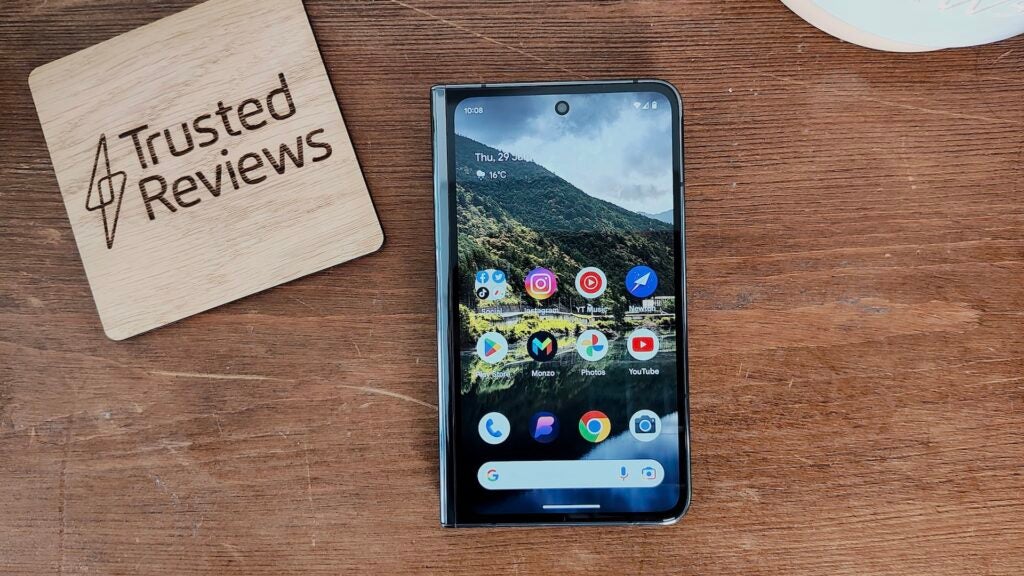
That would’ve been manageable if the Google Pixel Fold charged faster, but instead, it’s capped at the same rather slow 30W as most other Pixel smartphones, regaining 48% in 30 minutes and a full charge in just over an hour and a half.
Admittedly, fast charging on foldables is still in its infancy, but it feels like an area where the Pixel Fold, in particular, would’ve benefited. At least there’s 7.5W wireless charging on offer, making it more convenient to top up while working at a desk.
Latest deals
Should you buy it?
You want a foldable with great cameras:
Google’s Pixel Fold design and hinge mechanism may not be the best around, but it delivers a versatile shooting experience.
You want to use all your apps on the internal display:
Google has blocked the ability to run unsupported apps in full-screen mode like most book-style alternatives, seriously limiting what you can do with the internal display for now.
Final Thoughts
The Google Pixel Fold will be a great foldable – just probably not until the second-gen device. There’s a lot of promise from the foldable, but early manufacturing issues like a noticeable crease and a hinge that doesn’t open completely flat stop it from being an instant recommendation, especially at the ultra-high price.
There’s also the issue with app support. While other manufacturers give you the freedom to force unsupported apps into a full screen view, the same can’t be said for the Pixel Fold, relegating you to a view with large black bars.
It’s not dead in the water though; the camera offering is impressive for a foldable, delivering that famed Pixel photography experience complete with AI shooting modes and a plethora of editing tools.
So, while it’s a valiant first effort from Google, it feels like it’s a year or two too late. If you’re after a more polished book-style foldable phone, then I recommend the Samsung Z Fold 4 and Honor Magic Vs. It’s also worth checking out our best foldable phone list for further options.
How we test
We test every mobile phone we review thoroughly. We use industry-standard tests to compare features properly and we use the phone as our main device over the review period. We’ll always tell you what we find and we never, ever, accept money to review a product.
Find out more about how we test in our ethics policy.
Used as a main phone for a week
Thorough camera testing in well-lit and low-light conditions
Tested and benchmarked using respected industry tests
FAQs
While there’s no dust protection on offer, the Pixel Fold offers a water resistance rating of IPX8.
No. You get a USB-C to USB-C cable in the box, with a USB-C to USB-A adapter for use with older charging bricks.

